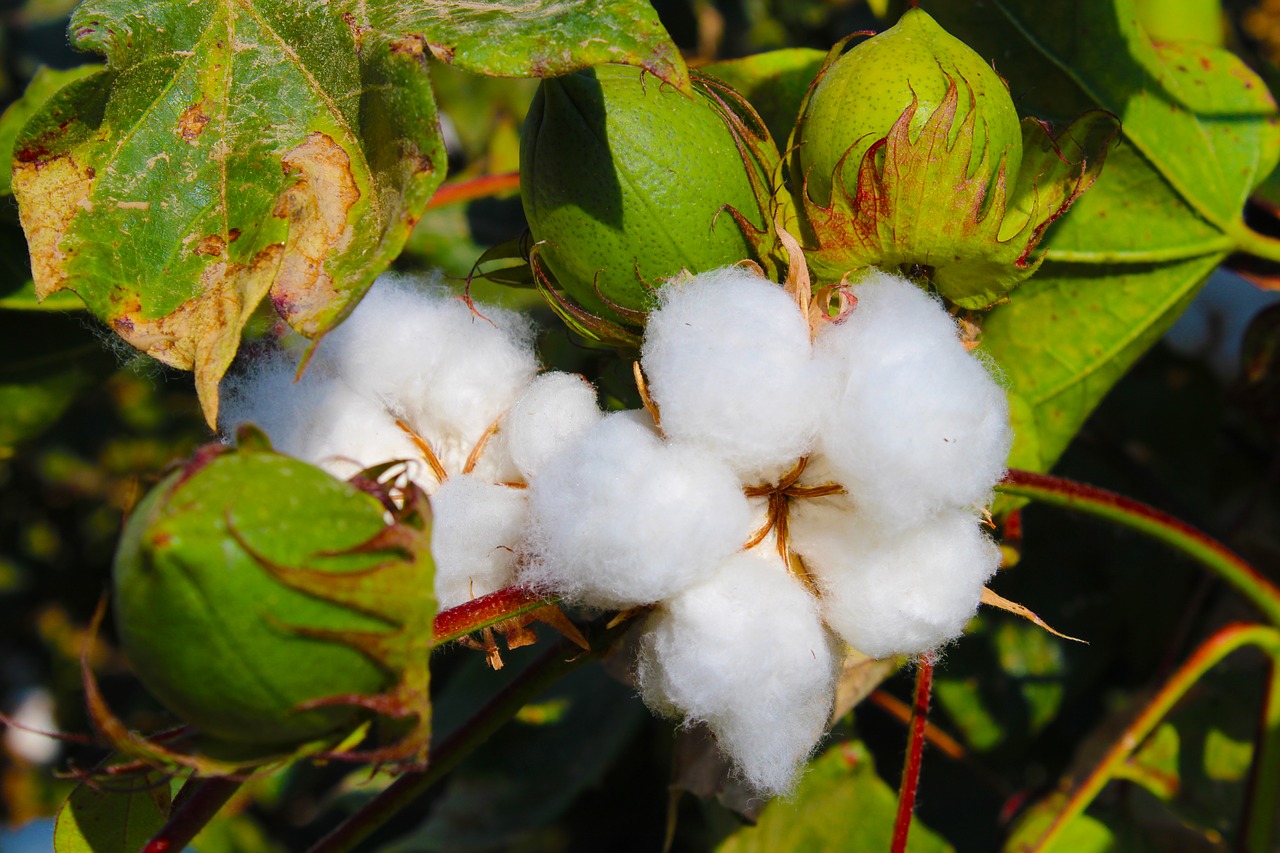Cotton production has been a central component of rural and urban Ethiopian life for centuries.
The traditional clothing has always been made of locally cultivated cotton spun on drop spindles
by women, and woven on hand looms by men. Most rural women and men living in areas where cotton
grows have the skills to process the fiber themselves.
Cotton is grown in lower elevation areas of Ethiopia on small farms and large alike – private and
government owed. In recent years, with the dramatic increase of textile industrialization, the demand for
cotton has significantly increased. Improving and increasing cotton production is a major Government
focus, and the sector is increasingly an area of foreign investment.
In addition to home production, farmers bring their crops to centralized cotton ginning plants where the
cotton is processed.
To date, there is no certified Fair Trade or organic cotton in Ethiopia. However,
there are a few initiatives in process to facilitate its production.

